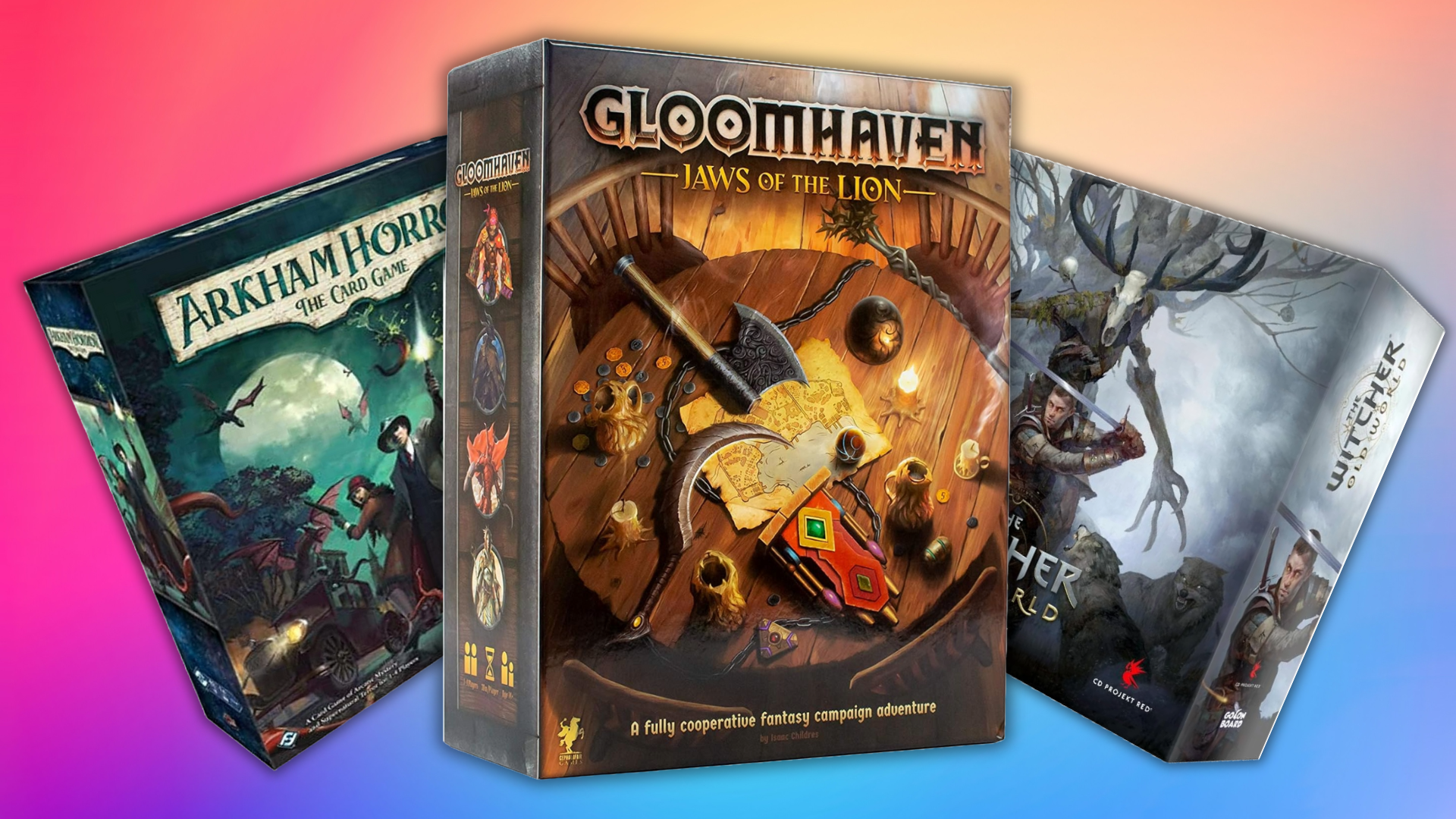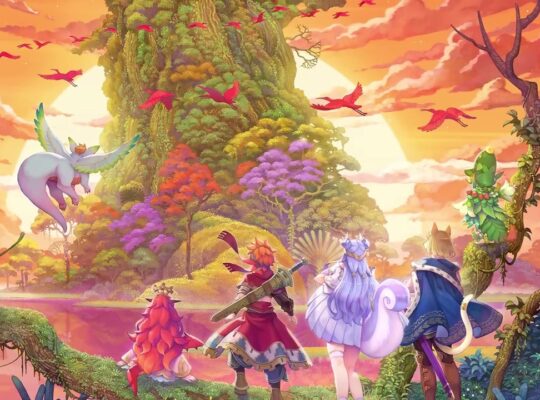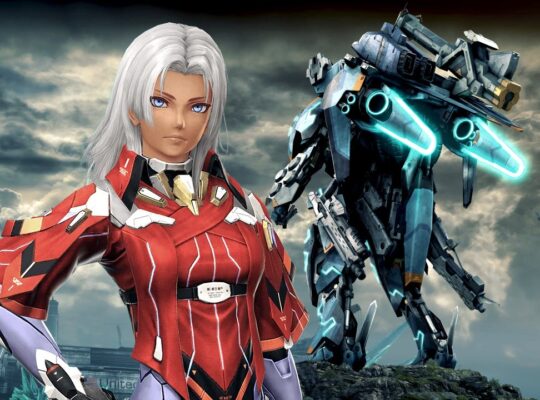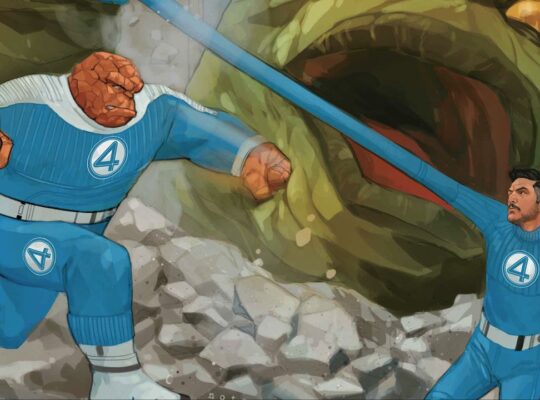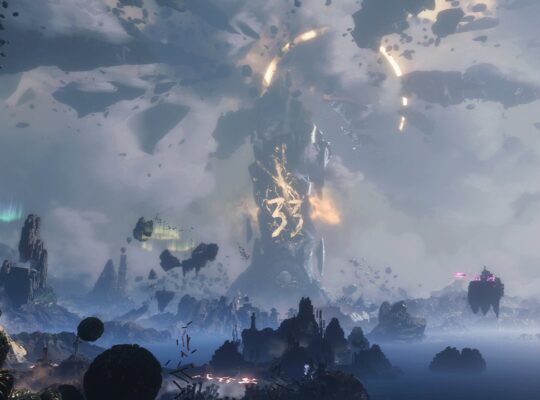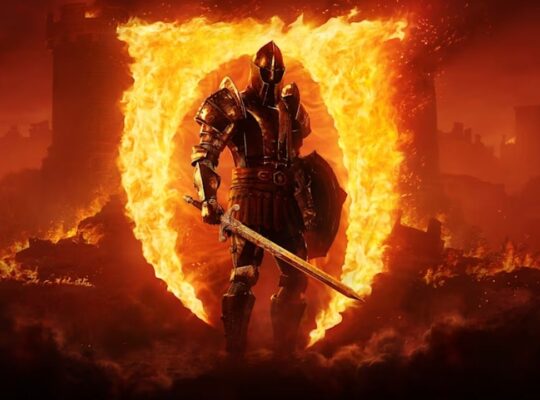A lot of modern board games are highly strategic affairs, that might see you conquering lands for their resources, or trading and optimizing your way to victory with an economic engine of some kind. But if you’re one of the many who thinks that kind of subject matter is dry and boring, and yearns instead for the lure of exploration and adventure, there’s a whole group of games tailor-made just for you – role-playing board games. Like their pen and paper counterparts, they imagine you’re another person in an outlandish setting, where you’ll either compete or cooperate with your fellow players to overcome quests and challenges. But, as board games, they still have plenty of strategic meat to enjoy beneath their narrative exteriors. Here are our top picks for the best RPG board games: any should be good for untold hours of fun in 2024 and beyond.
Top Role-playing Board Games at a Glance
Don’t have time for reading blurbs? Scroll sideways to see all the games featured on the list below.
Gloomhaven / Jaws of The Lion / Frosthaven
Let’s start with the dragon in the chamber: the Gloomhaven series is widely acclaimed as the best board game ever made, let alone the best role-playing board game. But that’s exactly what it is as you step into the shoes of a series of adventurers, working together, with the roster changing through the game’s labyrinthine campaign as protagonists retire or meet a sticky end in a dungeon. Powered by a compelling tactical combat system that sees you gradually building a deck of multi-use ability cards, each scenario a rising tide of tension as your deck runs down. The original game is currently out of stock, but the prequel, Jaws of the Lion we reviewed offers much of the same gameplay chops in a cut-down, more affordable package, while sequel Frosthaven (see it at Amazon) ups the ante by including an entire town you can explore, build and populate as part of the action. These also make great solo board games, for whenever you find yourself without a game crew.
Dungeons & Dragons: Temple of Elemental Evil
Role-playing is a pretty amorphous term when it comes to board gaming, but there’s no doubt that the cooperative adventure system series, based on the world’s most popular pen-and-paper RPG, is a fantastic marriage of the two. Each box comes with a huge stack of tiles which you draw at random to create the dungeon, and each tile in turn is peopled with a random selection of traps and monsters that operate according to simple flowchart routines. The result has an astonishing dynamism, conjuring the sense that you’re exploiting a mysterious labyrinth controlled by a dungeon master. This system powers you through an included narrative campaign. They’re all great (see them at Amazon), but Temple of Elemental Evil, based on one of D&D’s most famous, old-school scenarios, is perhaps the pick of the bunch.
Check out our beginner’s guide to Dungeons and Dragons if you’re interested in classic D&D gameplay instead.
The Witcher: Old World
Let’s further muddy the waters by introducing an acclaimed board game adaptation of an acclaimed role-playing video game. Rather than filling in another chapter of Geralt’s exploits, Old World is set years before the events of The Witcher video games and novels, casting players as other Witchers, hunting and fighting monsters, and occasionally each other, to see which of their competing styles can earn the most coin and glory. The different styles feed into a compelling game of deck-building as you seek to create card combos and strategy synergies to boost your power ahead of your rivals, in a race to take down ever more fearsome foes. But there’s a solo mode too, for those who just want to explore this fascinating fantasy world and kill its mythical monsters. See our The Witcher: Old World board game review for more information.
Star Wars: Imperial Assault
Not all role-playing games fit the fantasy archetype, and if you’re a sci-fi fan, you’ll be well-served by this excellent entry that swaps the tombs and traps of its peers for starship interiors and high-tech bases. Set after the events of the original Star Wars film, one player commands the forces of the Empire while the other players work together, controlling a team of plucky Rebel operatives working to undermine the Emperor’s tyrannical rule. The engaging tactical combat system is easily good enough to support one-off scenarios, but the real draw is the game’s campaign, which links a series of battles together into a grand, cinematic narrative, allowing you to fight alongside iconic figures like Darth Vader and Luke Skywalker. Many other famous figures from the big screen are available in the game’s huge range of expansion packs.
You can check out our guide to the best Star Wars board games overall for more like this one.
HeroQuest
Older readers may remember this dungeon-crawling board game from their childhoods, having originally come out in 1989. Now it’s back with new, improved miniatures, but its RPG-on-a-board approach, complete with games master, is still top of the range. Said GM has a booklet with the scenario secrets while the other players take the role of heroes, exploring the dungeon, which the GM reveals as they round corners and open doors, fighting GM-controlled monsters and looting treasure. It’s still perhaps the closest thing you’ll get to a true role-playing experience, full of mystery, narrative and upgrading your heroes, but with family-weight rules and the tactical chops of a board game. Once you’re done with the campaign in the box, there are plenty of additional HeroQuest expansions crammed with new adventures.
Arkham Horror: The Card Game
Horror board games are another popular frontier for role-playing, but it’s a hard call for board games because the players need a degree of control to make tactical decisions which, in turn, detracts from the horror. This is the best candidate: based loosely on the works of H. P. Lovecraft, players work together to solve mysterious hauntings and horrid crimes, linked to alien worlds and beings beyond our imaginations. The horror comes both from a challenging difficulty level and the bleak narratives that underpin each adventure, with an ongoing series of expansions spinning the yarn into ever-more surprising places. The strategy, meanwhile, is down to your deck-building skills as you improve your character, and staying atop the statistical probabilities offered by the aptly-named chaos bag.
The Lord of the Rings: Journeys in Middle-Earth
Given the appeal of fantasy settings in role-playing board games, it’s no surprise that Middle-earth, the setting that arguably popularized the whole idea of fantasy world-building, gets a look-in. The good news is that it’s a great adaptation, nestled comfortably between Tolkien’s famous stories, so it allows players to feel a part of his epic creation without stepping on his narrative beats. The core of the game sees the heroes building card decks to represent their powers and abilities, but it’s ably supported by lots of novel ideas. Some of these, like the tile scale-flipping to combine overground and underground exploration, are in cardboard while others make great use of the supporting app, such as solving carefully constructed mysteries based on clues drip-fed by the narrative text.
You can also check out our review of The Lord of the Rings Roleplaying board game, which we also loved.
This War of Mine: The Board Game
Not all heroes wear capes, so the saying goes, and in This War of Mine, heroism is just desperately trying to keep your friends alive against the odds in a war-torn city. It’s an unusual and powerful setting for a role-playing board game, as it was for the computer RPG that inspired it. During the day, your little band needs to scavenge the resources they need to survive, hoping against hope to find what’s required. At night, you’ll need to barricade your hideout and keep watch for raiders, soldiers and other hostiles who might come for whatever meager scraps you’ve managed to pull together. The mechanics of resource gathering and base-building are supported by a book of narrative text, the whole forming a shocking indictment of the horrors of living in a conflict zone, made personal by the way the board game places you in charge of your survivor’s fate.
Descent: Legends of the Dark
Part of the appeal of having role-playing on a board, rather than a screen on a paper character sheet, is the look and feel of the thing. And in terms of visuals and production values, Descent: Journeys in the Dark is king of the pile with its trays of finely sculpted miniatures and extraordinary three-dimensional cardboard terrain, allowing you to construct swamps and dungeons that pop out of your tabletop in almost magical detail. Thankfully, the game engine underneath all that window dressing is very much up to par, with a supporting mobile app sending your party on a series of quests, complete with narrative and inter-scenario links that see you shepherding the treasures you’ve found to gain access to new powers and equipment. See our Descent: Legends of the Dark review for more info.
Mice & Mystics
Role-playing board games, with their grand tales of adventure and lovely components, are often a magnet for younger players, yet many of them are too long and complex for shorter attention spans. Mice & Mystics aims to bridge the age gap by telling a compelling story of a band of loyal adventurers turned into mice as they try to save a fantasy kingdom from the clutches of a tyrant. They’ll still need to pull what strings they can as they seek to return to human form while thwarting evil and a worrying number of cockroaches. With simple tactical mechanics and lots of whimsical adventure, this is a crowd-pleaser for all ages.
Tainted Grail The Fall of Avalon
While most role-playing board games focus on their mechanics, Tainted Grail wants to tell an extraordinary story. It heaps Celtic legends on top of its Arthurian base to create a rich world, but one beset by challenge in which your characters must band together in order to survive. Doing so means finding and managing resources in a satisfying strategic puzzle, but the real focus is the colossal, branching, narrative campaign, ably supported by superbly written and plotted text, which has so many different paths that you can play this monster game multiple times and still not see the same tales told.
How do RPG Board Games Relate to Tabletop RPGs and Video Game RPGs?
“Role-playing game” (RPG for short) as a term began with Dungeons & Dragons, which was the first published ruleset to bring form around an experimental practice of telling narrative, character-based stories using miniature wargame rules. These new creations were distinct enough to need their own term, and role-playing seemed a succinct way to describe the way you inhabited a character very different from your own, in a make-believe world full of challenge and adventure.
These kinds of games, often differentiated from later types of role-playing by the moniker “pen-and-paper RPGs”, sell themselves on their creative and imaginative potential. The sky isn’t even a limit when it comes to what you and your group can conjure up together. But there’s no denying that a lot of players also got a lot of satisfaction from manipulating the crunchier bits of the rules – skill checks and tactical movement – and from seeing their characters gain power and advance. Early pen-and-paper RPGs also needed a Games Master to run proceedings, a role which many players were unwilling to fulfil.
These two factors lead to the creation of board games and video games based on the concept. Either the board and cards or the computer took the place of the Games Master, using either the programmer’s imagination or random factors to create a world for the player(s) to explore, while the strategy-minded were satisfied by the lure of levelling up their character and exploiting the game’s mechanics in order to win.
While role-playing has become an established term for this genre in video gaming, spawning sub-genres such as JRPGs (the J stands for Japanese) and Rogue-likes after one of the earliest computer RPGS, there’s no equivalent term in board gaming. That’s surprising, given that it’s a very popular category in its own right, but the games tend to be referred to as adventure games or quest games rather than role playing. That’s possibly because controlling a plastic avatar on a board, instead of the more immediate gratification of on a screen, divorces players slightly from the action they’re portraying.
Whatever the reason, this plethora of different terms can be pretty confusing for players, never mind anyone to whom they’re trying to describe their exploits! To make matters worse, there’s intense cross-pollination between these scenes. Dungeons & Dragons has inspired both board- and computer- RPGs some of which have, in turn, been adapted back into material for the role-playing game. Many board game RPGs have spawned computer versions, and many computer RPGs have got the board game treatment. It’s turtles all the way down!
Matt Thrower is a contributing freelancer for IGN, specializing in tabletop games. You can reach him on BlueSky at @mattthr.bsky.social.


